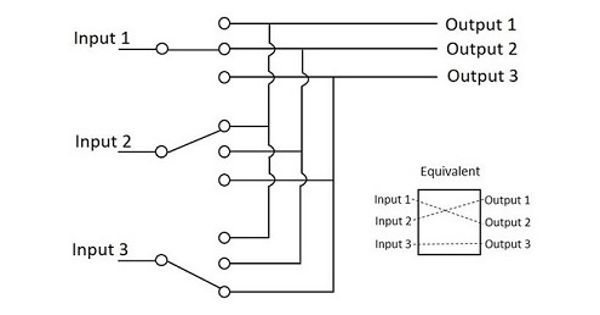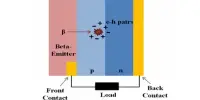Time-Driven Switching (TDS) is a recently proposed switching technique that allows switching “fractions” of wavelengths directly in the optical domain, exploiting the time-coordination of all network components. In Telecommunication and Computer networking, time-driven switching (TDS) is a node by node time-variant implementation of Circuit switching, where the propagating datagram is shorter in space than the distance between source and destination. A time-division digital switch may also be designed by using a combination of space and time switching techniques.
Time-driven Switching (TDS) networks with non-immediate forwarding (NIF) provides scheduling flexibility and consequently, reduces the blocking probability (blocking is defined to take place when transmission capacity is available but without a feasible schedule). With TDS it is no longer necessary to own a complete circuit between source and destination, but only the fraction of the circuit where the propagating datagram is temporarily located. TDS adds flexibility and capacity to Circuit Switched networks but requires precise synchronization among nodes and propagating datagrams. Time-division switching comes under digital switching techniques, where the Pulse Code Modulated signals are mostly present at the input and the output ports.

TDS is a novel and promising technology for the realization of low complexity and high scalability switches in the electrical and optical switching domains. Datagrams are formatted according to schedules that depend on Quality of service and availability of switching nodes and physical links. TDS is unique in enabling the implementation of all-optical fractional wavelength switching with current state-of-the-art components. With respect to Circuit switching the added time dimension introduces additional complexity to network management.
Being a new technology, TDS requires investigation, especially regarding its performance and efficiency. The TDS concept itself pervades and is applicable with advantage to existing data switching technologies, including Packet switching, where packets or sets of packets become the datagrams that are routed through the network. The time-division switching may be analog or digital. In analog switching, the sampled voltage levels are transmitted as they are whereas, in binary switching, they are binary coded and transmitted.
In today’s telecommunication networks, traffic keeps growing very rapidly in terms of required bandwidth. This sheer growth calls for new transport network architectures that are able to support this ever-increasing amount of traffic in a cost and energy-efficient manner. TDS has been invented in 2002 by Prof. Mario Baldi and prof. Yoram Ofek of Synchrodyne Networks, Inc. is the assignee of several patents issued by both the United States Patent and Trademark Office and the European Patent Office. It is widely agreed that optical technologies enable effective transport solutions that outperforms electronic technologies in terms of performance and cost.
Information Source:
















